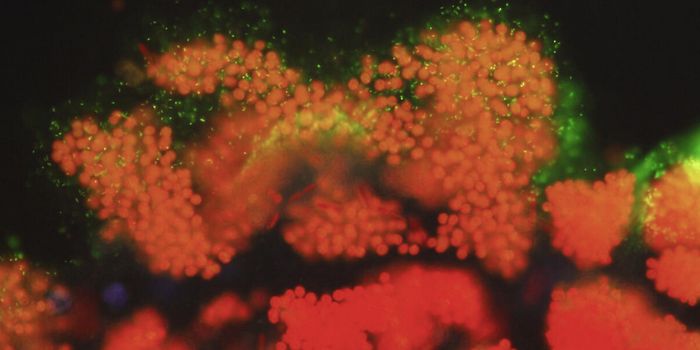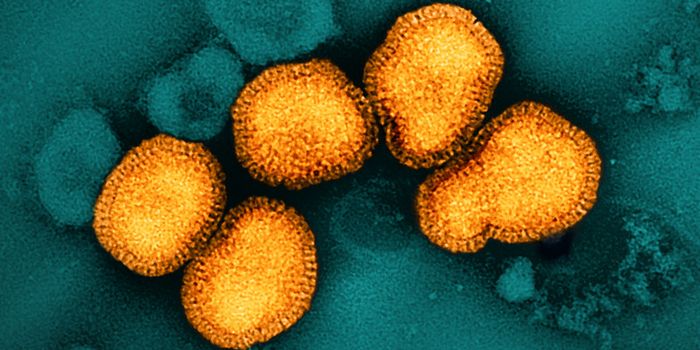How Many Nasty Germs Are in Chewed Gum? Ig Nobel Winners Found Out
Do beards grow so a man's face will be protected from impact or abrasions? Is it better to transport rhinos upside down? Does discarded chewing gum carry a ton of infectious pathogens? Researchers wanted to find out the answers to these questions, which may seem silly to some, while to others they are matters of crucial importance. The Ig Nobel prizes honor strange scientific discoveries, and papers investigating these issues won this year.
No one messes with the wads of discarded gum that litter sidewalks and the bottoms of school desks. But researchers wanted to know whether they carry a ton of germs. The findings could be important to public health, forensics, or bioremediation, suggested the study authors. When an analysis was performed, the researchers determined that gum stuck on a sidewalk for three months still contains a ton of nasty microbes. That research was published in Scientific Reports, and won the authors an Ig Nobel.
For a study of how facial hair might be protective, researchers used a composite material covered with sheepskin to mimic human bone and skin in their research instead of punching volunteers in the face. They also left the fleece on the sheepskin on some of the models to simulate facial hair. The researchers dropped weights onto the composites, and found that when fleece was still attached to the sheepskin, more energy was absorbed compared to fleece-less composites.
The researchers and Ig Nobel winners suggested that if these findings translated to humans, a full beard may indeed shield the wearer from some impact if they sustain a blow to the face, and the potential for laceration is probably reduced.
Another set of winners have learned more about how to control the spread of cockroaches on submarines. This research, which is decades-old, found that the pesticide dichlorvosis is cheaper and more effective than carbide fumigation or malathion, a pesticide, which had been used.
And yes, finally, for everyone who has been demanding to know the answer, it is safer to transport rhinoceroses upside down. Learn more about that study from the video or the publication in the Journal of Wildlife Diseases.
This year's annual Ig Nobel was the 31st event, which was prerecorded in 2020 and 2021 because of the pandemic. The live ceremony can be a raucous affair with audience participation, so the organizers tried to retain some of the fun of the day. Nobel laureates still presented this year's awards, and a mini-opera about children that engineer a suspension bridge to connect two angry adults was also shown. The organizers are hoping that an in-person event can safely return next year.
Sources: Scientific Reports, Annals of Improbable Research, Journal of Wildlife Diseases









